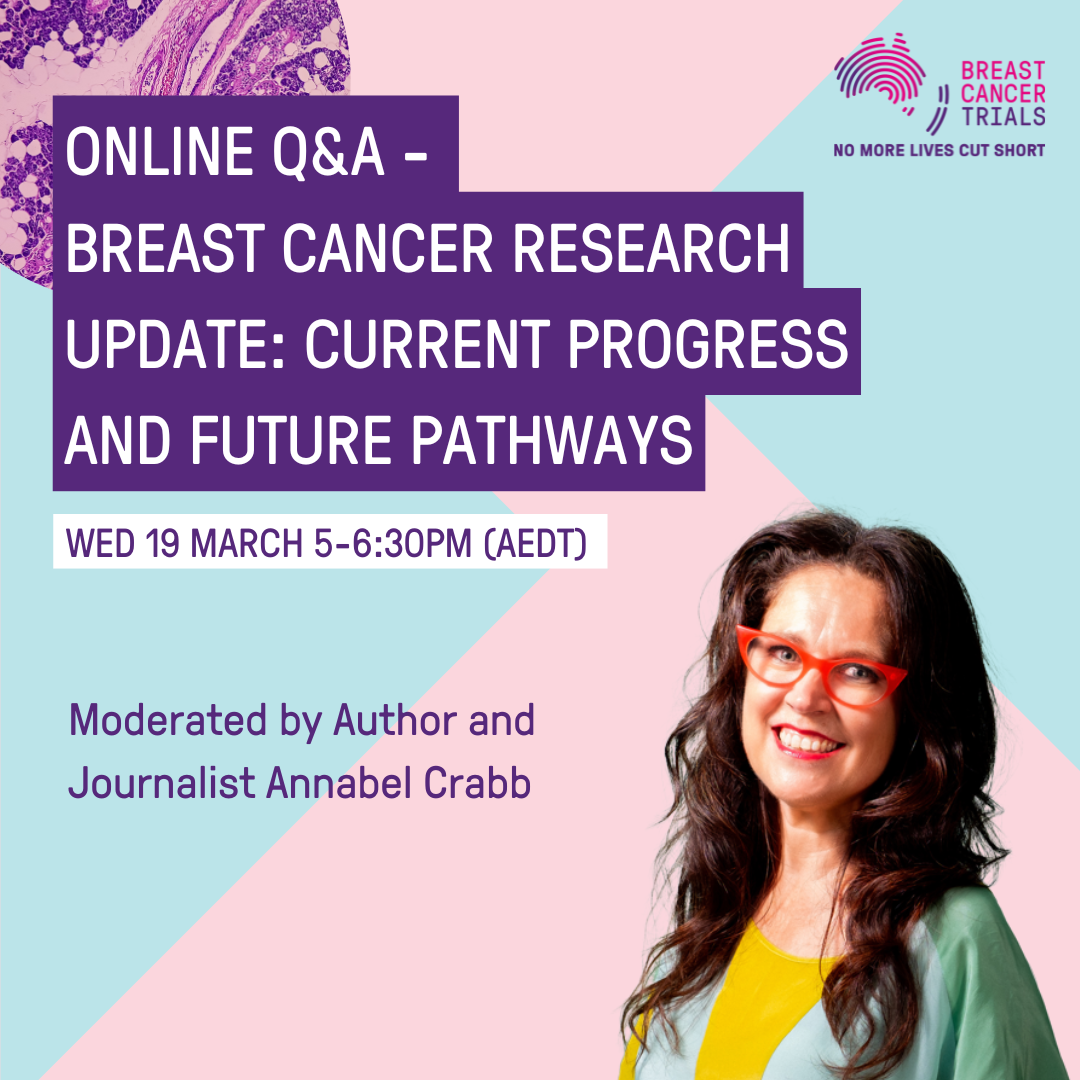There is change in the air. For those who have tirelessly campaigned for an end to violence against women, this week, which sees Australia’s first Royal Commission into Family Violence begin its public hearings, will be bittersweet.
Countless lives have been lost and countless others ruined across Australia as a result of family violence. And in Victoria, intimate partner violence is still the leading contributor to ill-health, death and disease for women aged 15-44.
Violence against women is prevalent and extremely serious. But it is also preventable. And now more than ever before in Victoria, the momentum needed to end family violence is building.
Over the next two days [Tuesday, July 14 and Wednesday, July 15], in partnership with the Victorian Government, VicHealth is bringing the country’s leading experts together to look at solutions to end violence against women.
Policy, People and Prevention: Ending Violence against Women in Victoria will see the country’s foremost experts describe how they’re addressing the root causes of violence – in the Australian Defence Force, in the Australian Football League, in workplaces and in schools. Their insight and expertise will provide decision-makers with the best possible tools to respond to the recommendations of the Royal Commission when they’re delivered in February 2016.
Victoria is leading the nation on primary prevention – stopping violence before it starts – and has a strong history of changing culture and attitudes. We have the rare opportunity now to become the first place in the world to reduce the prevalence of violence against women.
We have the data and practical strategies at our fingertips. We have a whole range of sectors from sports to business and beyond which are rallying behind the cause. From VicHealth’s National Community Attitudes towards Violence against Women Survey we know that 95% of Australians agree that violence against women is serious.
This a view shared by the overwhelming majority of men and women, by both Indigenous and non-Indigenous Australians, across all ages, in cities as well as remote areas regardless of their occupation, level of education or place of birth. But if we truly want to achieve a world-first reduction in violence, we need leadership and we need significant investment to support multiple strategies.
In our submission to the Royal Commission we recommend part of the solution to reducing levels of family violence is a public health approach, which has been successful in reducing smoking rates and motor vehicle accidents in Victoria.
For example, smoking rates in Victoria have almost halved since 1980. We’ve had long-term bipartisan commitment at the local, state and federal levels, and we’ve had dedicated bodies like Quit Victoria to lead action. We’ve had ongoing investment to support public education, taxation, legislation, support for smokers to quit, as well as rigorous monitoring and research. We saw the community get engaged and as a result, smoking rates reached an all-time low of 12.6% in Victoria in 2012.
A similar approach was used to reduce the number of people dying on our roads. The joint leadership of Victoria Police, the Transport Accident Commission (TAC), the Department of Justice and Regulation, and VicRoads was central to reducing the Victorian road toll in 2013 to the lowest since records began in 1952. This was also made possible due to ongoing investment which enabled legislative change, policing, road improvements, awareness-raising and behavioural change campaigns. Today, Victorians can now boast of having one of the best road safety records in the world.
Fixing the family violence crisis system is a top priority, but it won’t be enough to end violence or to change the attitudes that support violence. It won’t be enough to eliminate violence in Victoria.
In 20 years’ time, it is VicHealth’s hope that Victorians will be able to boast of having one of the lowest rates of violence against women in the world. We hope that Victorians will be able to look back on 2015 as a turning point, as a time when the investment in the solutions finally matched the scale of the problem, as a time when leaders at every level in government, business and community said enough is enough.
The international consensus is clear. Countries that have more gender equality throughout society experience less violence against women. We must focus our efforts on the younger generation to teach them how to nurture equal, caring and respectful partnerships throughout their lives. And if we want to end violence against women once and for all, we have to increase equality between men and women in all areas of life – in sport, education, business, health, media and the workplace.
In the coming years, every leader and every member of the community needs to be part of the solution to end violence against women and shape a Victoria that is safer, more respectful and more equal. I call on every person and every part of government to make the most of this pivotal chapter in the history of violence against women.
Now is the time to harness the momentum that is taking hold across the state and nationally and make family violence a thing of the past.

